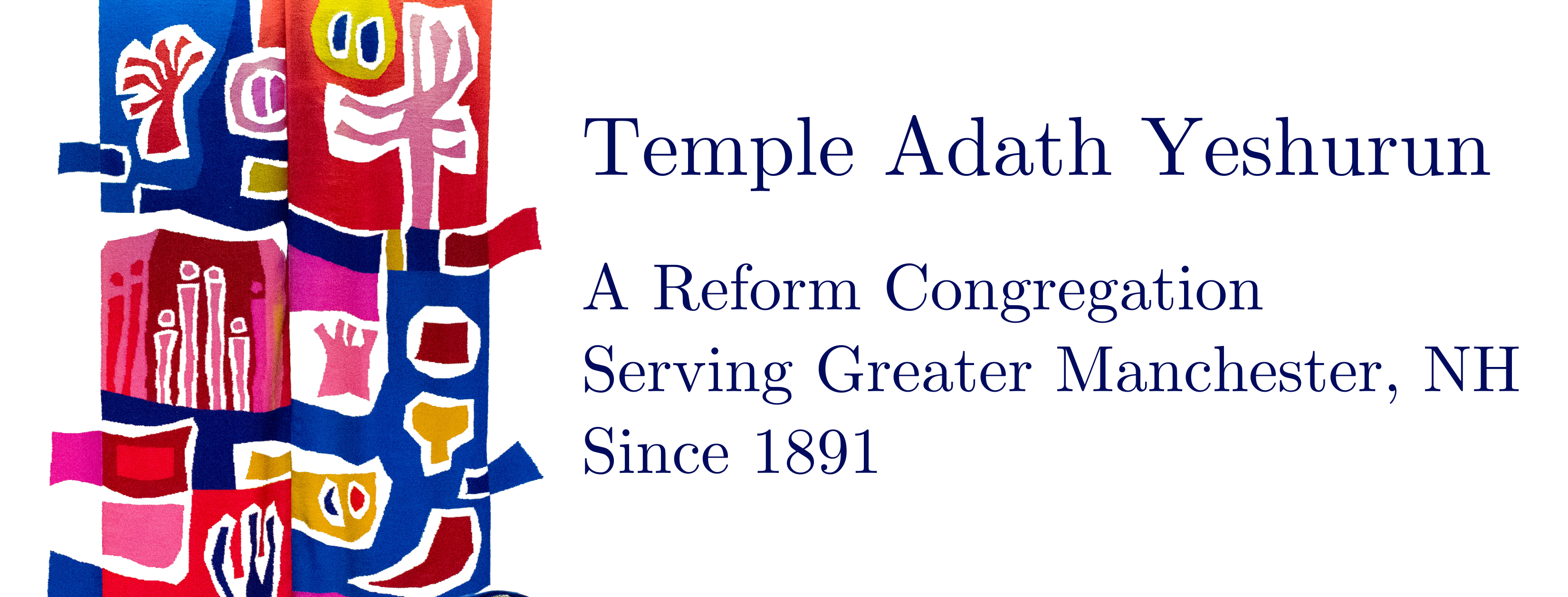Subsequently she became a social worker for the Connecticut Children’s Bureau and, in 1925 came to Manchester as the wife of Samuel Stahl, a local dentist whom she had met at a YM/YWHA con-vention. She embarked on a career of community work. Sisterhood, Hadassah, the Community Center and a variety of non-Jewish organi-zations all benefited from her as-tute grasp of institutions and their community functions. Years later, Jewish women like Ethel Greenspan recalled how Sadie Stahl had introduced them to community responsibilities. Mrs. Greenspan, in turn, filled the leadership role in the synagogue and other community activities. The congregation usually struggled financially, and carrying the mortgage which had been nec-essary to complete the building was a heavy burden. During the twenties and thirties, the congregation was barely able to meet its financial needs. Almost no one in the Jewish community had much money, and the affairs of the congregation reflected its members’ problems. When the first mortgage was finally burned in 1937, the congregation voted never to borrow money for a synagogue building again.
The Jewish community was not different from the general population of Manchester The city suffered from the decline of the Amoskeag Manufacturing Company, and money for any purpose was hard to come by. During those days, two mainstays of Congregation Adath Yeshurun had been Edward M. Chase and Abraham Machinist. Both downtown merchants, they had begun their careers late in the late 19th century and by the time of World War I had become financially successful. The two were undoubtedly the strong-est support of the congregation, and some of their debates became legendary as each strove to pressure the other to increase his donations. On Kol Nidrei night, when the entire congregation gathered at dusk in the Central Street shul, fund-raising was carried on. A non-Jew, Arthur Davis, resident caretaker of the YM/YWHA building on Hanover Street, sat with pencil and pad of paper in the back of the sanctuary and recorded the pledges. As he listened and wrote down the congregation’s promised contributions, Chase and Machinist often challenged each other at those fund-raising sessions.
Chase had come to Manchester in the 1880’s, begun a business, which eventually became a furniture store, and started the real estate holdings that made him a power in the community. He was gifted with imagination and a keen sense of social responsi-bility. Just after the First World War he bought a tract of land on south Maple Street and built a group of small frame bungalows. The houses were sold to working people for minimal down payments and favorable mortgage terms, and by the mid-thirties the experiment had been so successful and so much of the original cost repaid that Chase bought a farm on Mammoth Road in East Manchester and redid the experiment, building a group of brick houses and selling them on similar terms. Both groups of houses still stand today in 1991, testimony to the far-sighted social vision of E.M. Chase.
Machinist, too, had a keen sense of community. From his dry goods store on Hanover Street he reached out to the Jewish and non-Jewish community. In the 1930’s he took on as a special project the unifica-tion of the divided Jewish cemetery for he strenuously objected to the perennial cemetery arguments that had festered between the two congregations since 1918 when Anshe Sephard had bought land adjoining the Adath Yeshurun cemetery for its own use. For years a fence down the middle of the cemetery had separated the land on which the two congregations buried their dead and Abe Machinist worked hard and long to remove that visible sign of dissension. Finally, in the late 1930’s, Machinist negotiated an agreement with
Congregation Anshe Sephard to establish a single cemetery. Abe Machinist donated the gates (he would later finance their restoration in the late 1960’s as well) and he and Nathan Eckman signed an agreement for their respective congregations. Milton Machinist recalls that his father and Eckman marked the occasion by exchanging the fountain pens with which they had signed the document. Abe Machinist emphasized the permanence of the cemetery merger by purchasing burial plots on both sides of the erstwhile dividing line. His action is now memorialized in the broad family…
If you are interested in knowing more of Our Temple’s History please stop by the Temple and ask for a full copy!
